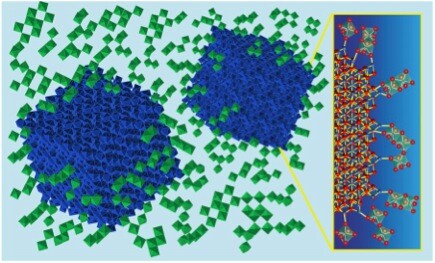Researchers at the Lawrence Berkeley National Laboratory have produced a "smart" glass coating that can be selectively controlled to block visible light, heat-producing near-infrared (NIR) light, or both, by applying a small electrical charge to it. The ability to do this dynamically has the potential to deliver improved lighting, heating, and cooling efficiency in buildings, thereby maximizing energy savings and still providing bright and well lit environments in different weather conditions.
By using glass produced with niobium oxide and embedding it with nanocrystals of indium tin oxide (ITO), the researchers have created an electrochromic material with two dissimilar electrical potentials in differing regions of the electromagnetic spectrum. The glass transmits both NIR and visible light when it has no potential applied, but as soon as a small negative charge is activated the embedded ITO nanocrystals reduce in size opening up space within the glass to start absorbing visible light. As the charge is increased, the niobium oxide matrix within the glass also displays a reduced state and further increases the absorption rate.

The two effects together produce a synergistic interaction which enhances the strength of the electrochromic effect and allows for bright well lit environments without unwanted heat. The same glass with a larger electric jolt can be switched to "dark mode," blocking both light and thermal gain. The glass is fully transparent when no charge is applied.
This ability to independently control NIR light could in the future lead to huge savings in air conditioning costs and also the need for artificial light. “In the US, we spend about a quarter of our total energy on lighting, heating and cooling our buildings,” says Delia Milliron, a chemist at Berkeley Lab’s Molecular Foundry and leader of the research. “When used as a window coating, our new material can have a major impact on building energy efficiency. From a materials-design perspective, we’ve shown that you can combine very dissimilar materials to create new properties that are not accessible in a homogeneous single phase material, either amorphous or crystalline, by taking nanocrystals and putting them in glass.”
Further research is currently underway to ascertain commercially viable ways to produce and deploy Smart Glass outside of the laboratory. Whilst this technology can be relevant to a multitude of glass products used in buildings, satellites and automobiles, the glass matrix structure also has properties that facilitate better flow of charge that could lead to new opportunities for battery technologies.
A paper describing the research has been published in the journal Nature.
The video below gives you a behind the scenes look at Berkeley Lab's Smart Glass research.
Source: Berkeley Lab









